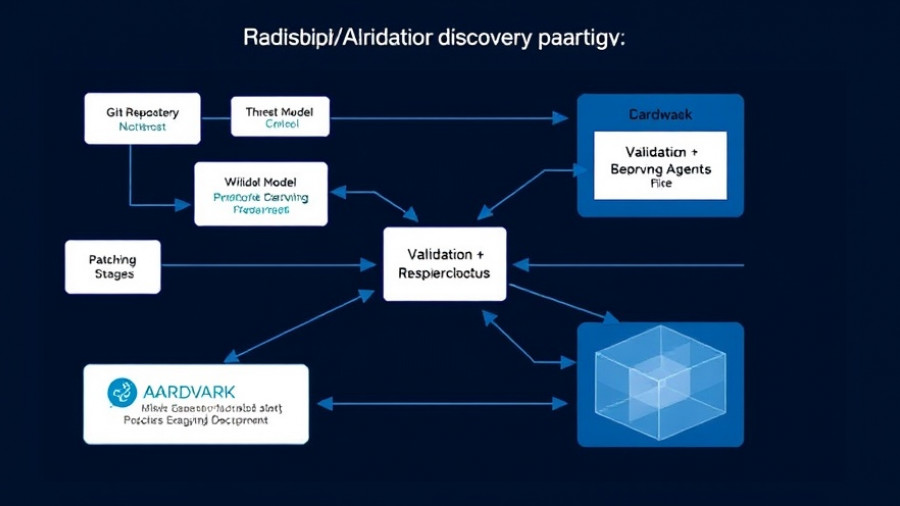
Why Rethinking Your Agentic AI Strategy is Critical Now
As we delve into the complexities of agentic AI, it’s crucial to challenge our initial assumptions about its implementation. The tide of generative artificial intelligence shows no signs of abating, with debates oscillating between its potential to enhance productivity and dire warnings about its implications. Yet, what if the key reasons behind failed AI initiatives lie not in the technology itself but in our approach to using it?
The reality is that many organizations apply generative AI in ways that are misaligned with its core strengths. The pitfalls of leveraging deep reasoning AI in customer interactions during runtime, while tempting for their allure of creativity and responsiveness, often lead to unpredictable and inconsistent outcomes. For example, consider AI agents making mortgage decisions—different responses for similar applicants not only confuse users but raise significant compliance risks. It's not about the capabilities of AI; it's about ensuring proper alignment with the task at hand.
Shifting from Reasoning AI to Semantic AI
This brings us to a crucial insight: to leverage AI effectively, a strategic distinction must be made between reasoning AI and semantic AI. Reasoning AI serves best in the design phase, where its exploratory capabilities can assist teams in developing innovative workflows. In contrast, semantic AI shines during interactions, ensuring that customer engagements are handled predictably and accurately, minimizing the risk associated with improvisation.
The power of semantic AI lies in its ability to contextualize information and derive meaning effectively, suitively facilitating customer objectives without deviation from established protocols. This paradigm shift from reasoning to semantic AI is not merely an organizational change; it marks a critical juncture in how businesses harness technology for customer interactions.
Active Implementation: The Essentials of Optimization
When organizations begin to embrace this perspective, the question shifts from whether AI should be employed to how to do so effectively. Performance optimization techniques, drawn from insights on agentic frameworks, reveal that integrating advanced memory management and intelligent workflow automation can considerably enhance outcomes. By employing hierarchical memory architectures, for example, businesses can improve internal knowledge management and decision-making speed.
AI Success: Lessons from Reality
A dive into the current trends raises an important question: Are organizations achieving the anticipated benefits from their AI implementations? Quite the contrary. Significant numbers remain in a phase of what’s termed “demo hell,” struggling to scale AI capabilities as intended. The findings from leading research organizations suggest that resolving semantic discrepancies is a foundational issue that must be addressed before businesses can fully deploy agentic strategies.
Organizations that move beyond these early stumbling blocks maintain a competitive advantage, capable of turning AI pilot projects into revenue-generating assets. Those who fail to address these challenges risk falling behind as the demand for sophisticated analytics and AI solutions escalates exponentially in the digital transformation landscape.
Preparing for AI-Driven Future Strategies
As we close this discussion, it’s imperative to consider actionable insights that organizations can apply immediately. Start by assessing the readiness of your semantic layer; move beyond mere technological upgrades to ensure cohesive understanding across your platforms. A focus on building a solid foundation for AI initiatives will not only enhance operational efficiencies but advance your capability to derive actionable intelligence from data.
With the global AI market set to expand significantly, aligning your business strategies to integrate semantic AI will bolster customer satisfaction and improve ROI. This transition will prepare organizations to thrive in a competitive market seeking rapid insights and innovative customer services.
Next Steps: Embrace Change
Organizations eager to realize the full potential of their AI initiatives should take decisive action. Begin by reassessing existing workflows and supplementing them with robust semantic infrastructures that support agentic AI. A structured approach, focusing on semantics and contextual understanding, will yield the necessary groundwork for successful AI integration.
The evolution of AI calls for a gamble on innovation; where companies previously hesitated, they must now courageously embrace semantic AI. This shift is not merely advantageous—it is essential for maintaining relevance in the ever-evolving tech landscape.
 Add Row
Add Row  Add
Add 




Write A Comment